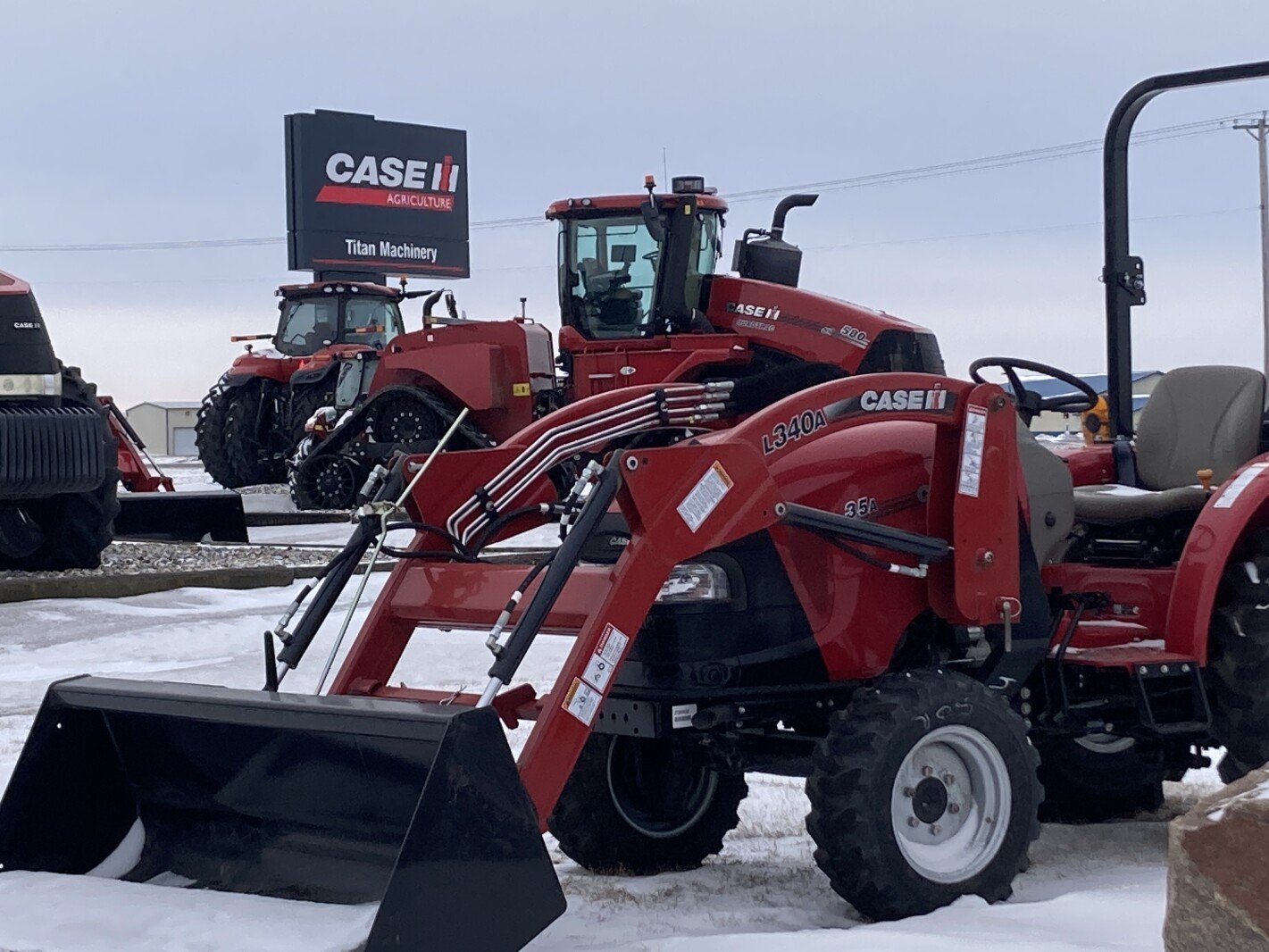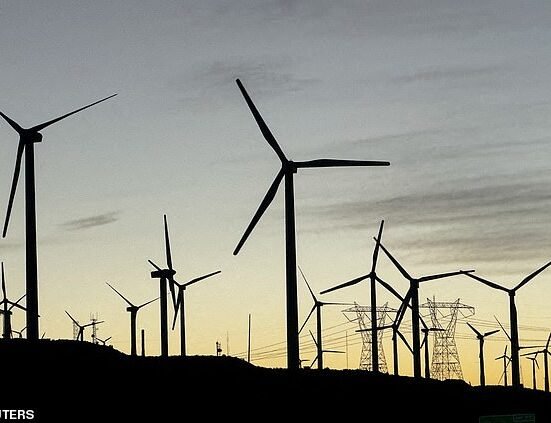Depressed commodity prices, high interest rates and a host of uncertainties about the year ahead mean new tractors and equipment are not flying off lots at speeds seen just a few years ago during times of better crop prices.
While 2024 was below the five-year average of sales, 2025 is continuing a downward trend in U.S. tractor sales. January 2025 showed a 15.8% decrease in sales over January 2024. The hit is even worse for large tractors over 100 horsepower, according to U.S. data from the Association of Equipment Manufacturers. Manufacturers saw a 26.8% drop in those tractor purchases. Four-wheel drive tractor sales dropped by half compared to a year ago.
Deere & Company’s quarterly revenue slumped 35% and missed analysts’ expectations on Thursday, Feb. 13, as more farmers retained their aging equipment or switched to rentals owing to weak incomes and high borrowing costs, according to Reuters. This is now coupled with President Donald Trump’s 25% tariffs on steel and aluminum, driving up the price for industrial metals.
Likewise, CNH Industrial expects sales to be lower year-over-year in both agriculture and industrial in 2025. They expect the industry to start bottoming out in 2025 and see demand increase in 2026, according to Reuters.
A slowdown in sales can lead to a slowdown in manufacturing. The outcome there being situations like CNH Industrial America announcing in February that it will permanently lay off
175 individuals employed at its Benson facility
on April 11, according to an email sent to the Minnesota Department of Employment and Economic Development’s Rapid Response Team.
While a machinery downturn is felt throughout the entire agriculture industry, Dan Dufner, vice president of large and compact tractors for CNH Industrial, calls the slowdown a necessary evil that comes in cycles. He views that through his 30 years in the industry.

Michael Johnson / Agweek
“It helps us focus on what is core to our business,” Dufner said during a panel discussion at the Northern Corn and Soybean Expo in West Fargo, North Dakota, in February.
Dufner said he looks at tractor manufacturing from the lens that farmers are not buying a tractor to “go tractoring.” They are buying it to plow, plant, cultivate, fertilize, harvest and more. If they buy a new tractor, they expect to do those things better than the older model.
“It’s about what you do with the tractor. It’s about how to get the job done better,” he said to a crowd of corn and soybean enthusiasts, alongside others in machinery manufacturing.
Getting the job done better recently landed CNH in the top 5% of S&P Global’s 2025 Sustainability Yearbook. Their efforts toward more sustainable machines include increased automation and sensor technology that works to reduce grain loss and fuel consumption, prevent excessive soil compaction and increase crop residue distribution.
Dufner said that lean times push the industry to fine-tune the way they do their work in ways that make them and their customers more productive.
“Especially in times when commodity prices are down where they are, the amount of dispensable income is a lot less, so people may not be buying the machines like they usually are,” Dufner said. “When they do, that machine needs to work.”
“Yes, we are living through a cycle of ag, but it will be better,” he added.
Having your back up against the wall forces you to act in ways you may not normally act, Dufner went on to say. As producers navigate lean times, machinery manufacturers are looking forward to the ever evolving world of technology and how it will reshape agriculture’s future.
One important aspect of manufacturing that is at the front of mind for Dufner is weighing the size of machines with the value to the grower.
“Some of these large machines and the trade values that we’re getting, there’s a discrepancy there,” Dufner said.
He said work continues with growers to determine how quickly machinery should grow to meet their needs.
“As we continue to look for, to be more productive, which has to happen, because farmers are continuing to merge, to expand, we need to get economies of scale and productivity — that can only come from going faster, going wider or being smarter with every pass,” he said. “So solving those problems is what gets everybody out of bed every day.”

Michael Johnson / Agweek
Other panel speakers noted that the COVID-19 pandemic worked to get people to embrace technology at rates never seen before. That adoption of technology continues and Dufner said it’s necessary as manufacturing seeks to continue to evolve.
While a downturn in the economy is one obstacle, a lacking workforce is another. That’s why Todd Pringle, advanced engineering manager at John Deere, said he’s excited about how autonomy in machinery continues to make new machinery important.
“Autonomy is not about eliminating the human, it’s about scaling the human. It’s about allowing you to operate your vehicle or what you are trying to do with your implement wherever, whenever, in any way,” Pringle said.
Pringle said it’s not the self-driving tractor that is hard to achieve, it’s that the human driver is focused on, he estimates, up to 60 different things while they drive. How to get artificial intelligence to focus on at least the most key things that a human farmer focuses on is what is difficult. How to relieve the workforce shortage through autonomy is something he looks forward to seeing as a solution in agriculture.







